

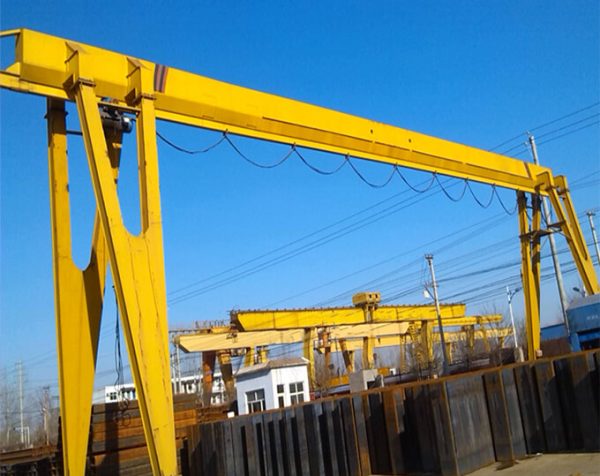
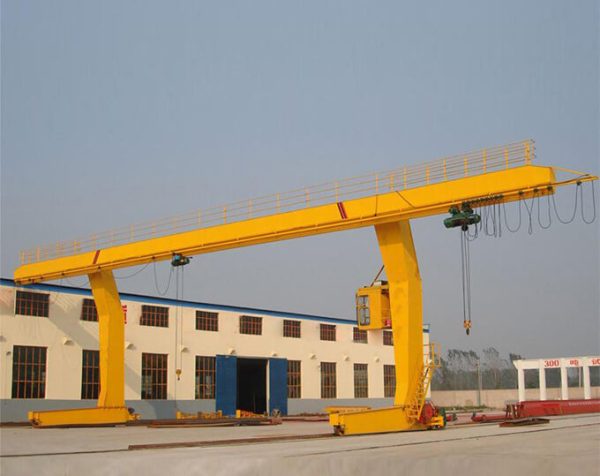
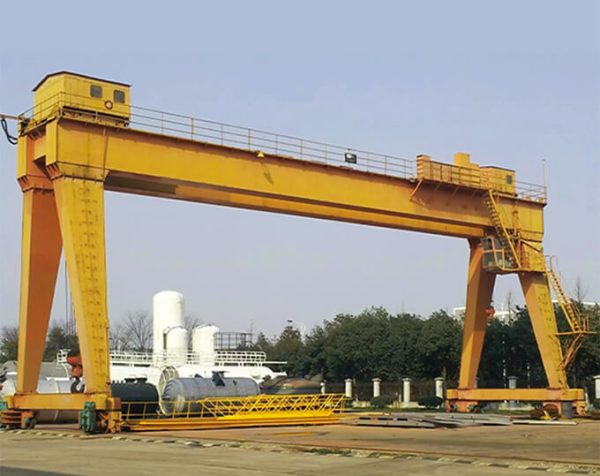
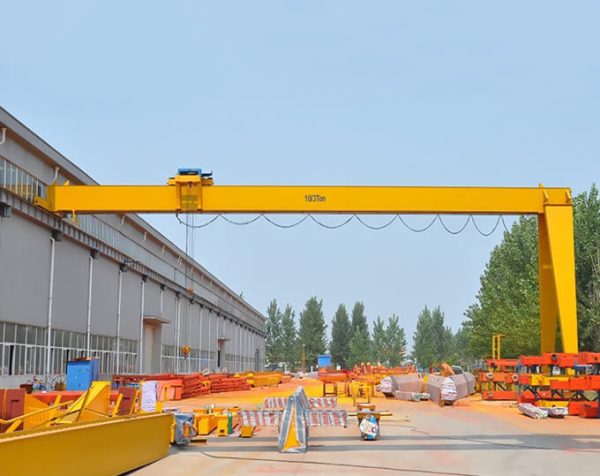
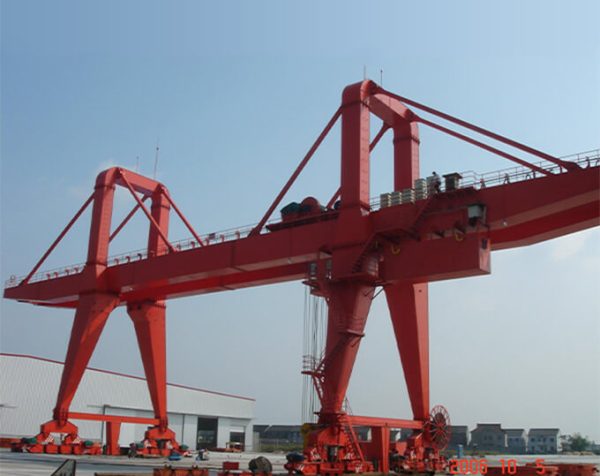
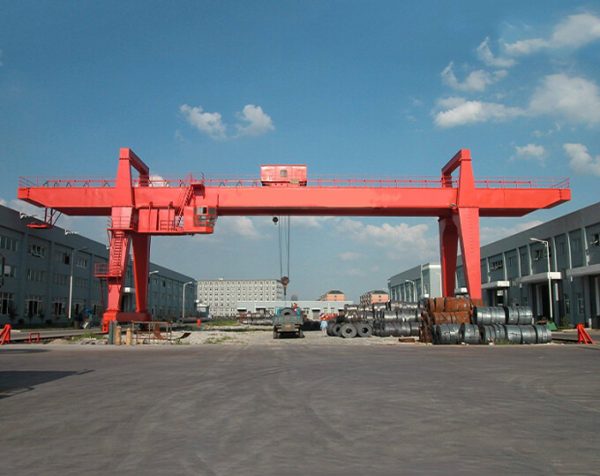
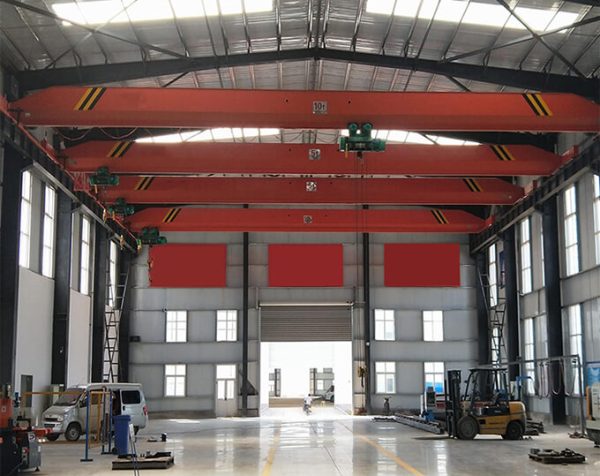
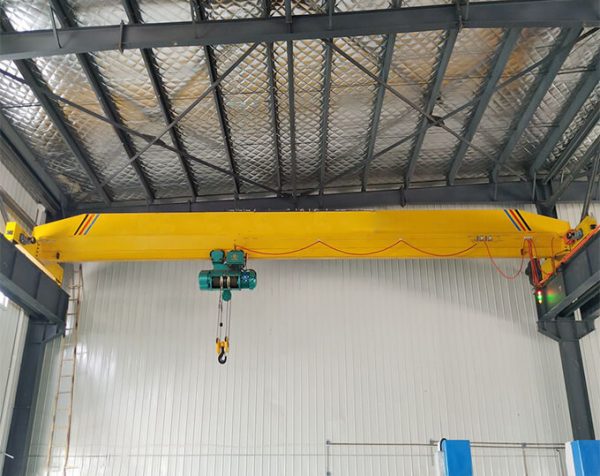
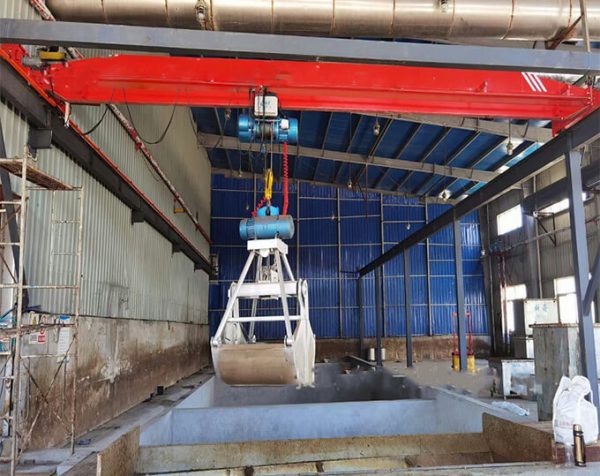
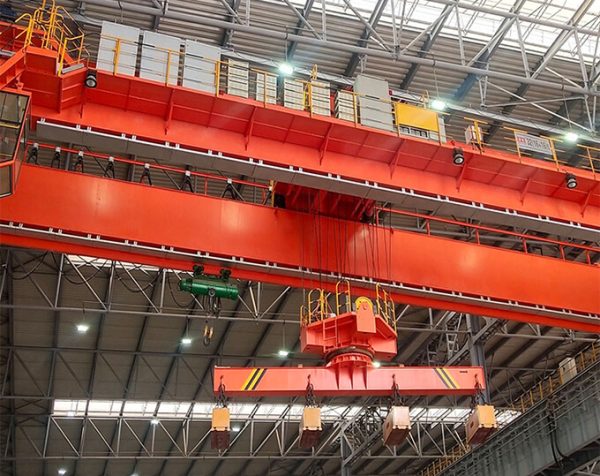
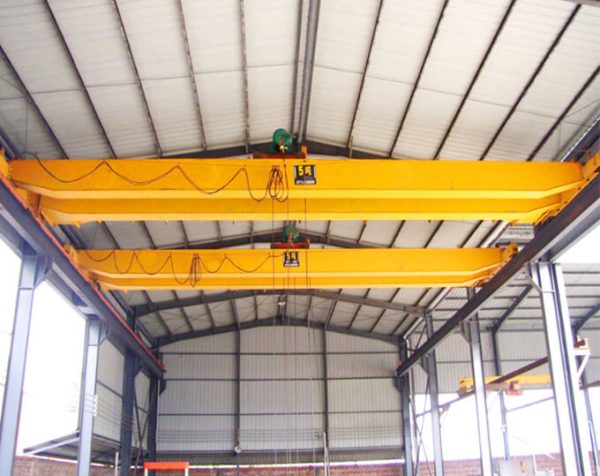
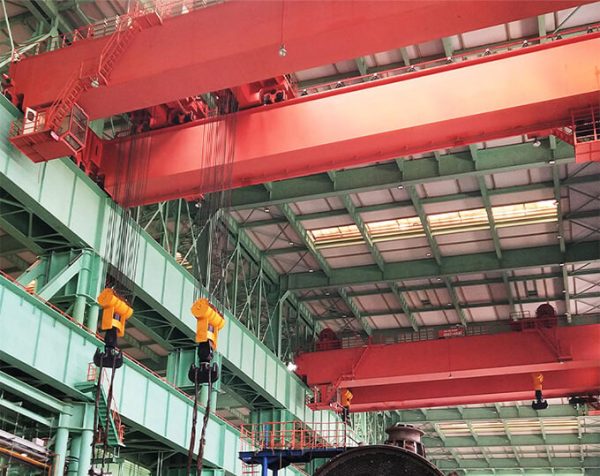
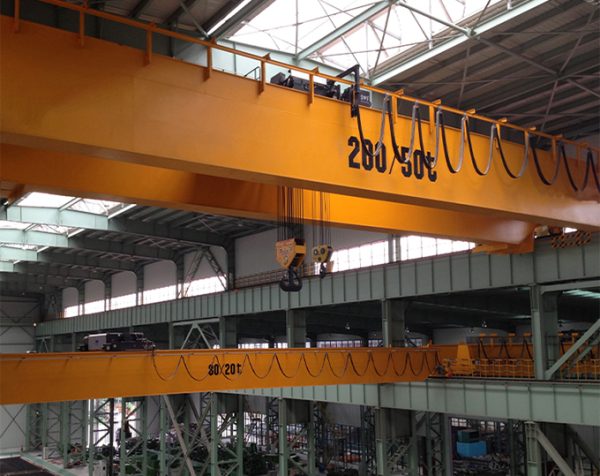


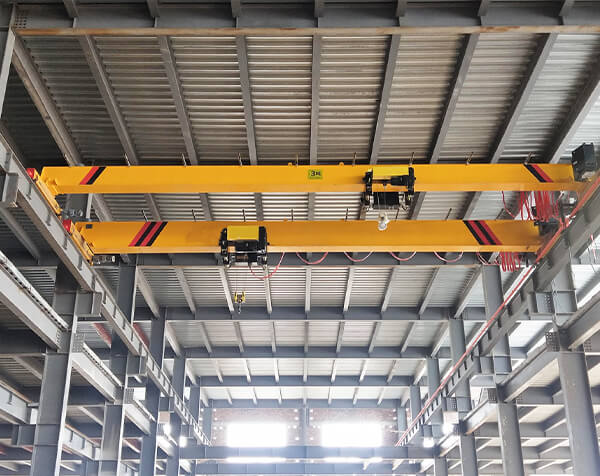
-600x476.jpg)
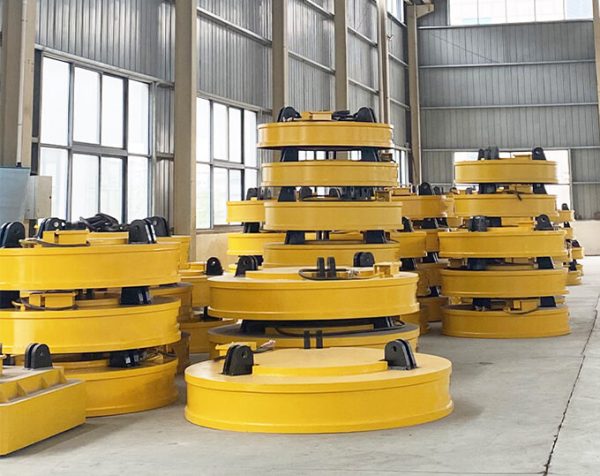
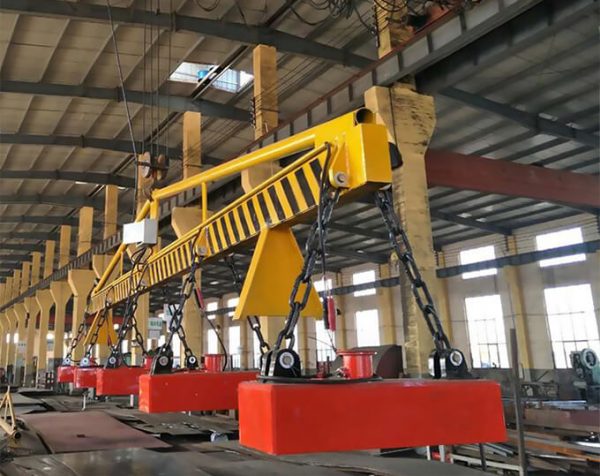
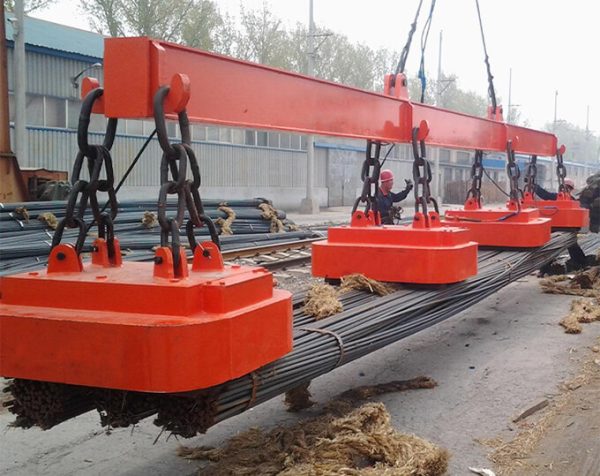
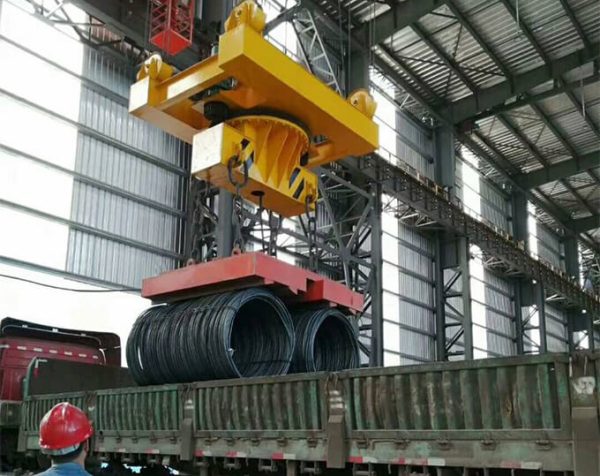
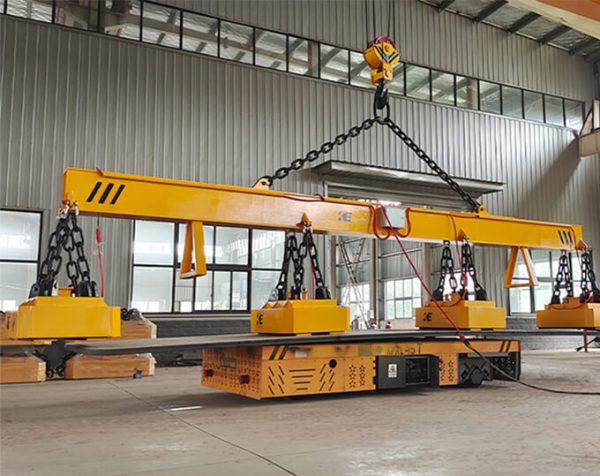
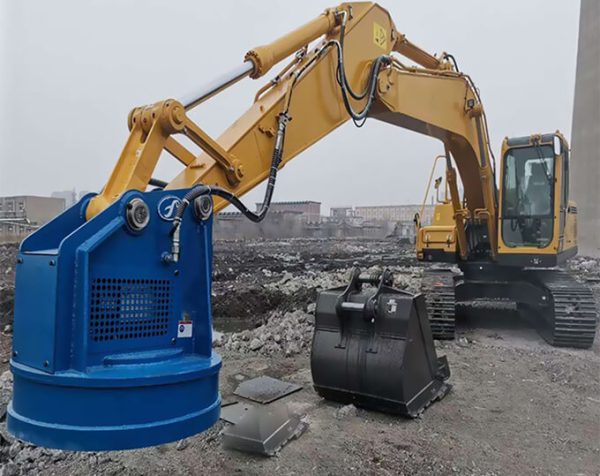
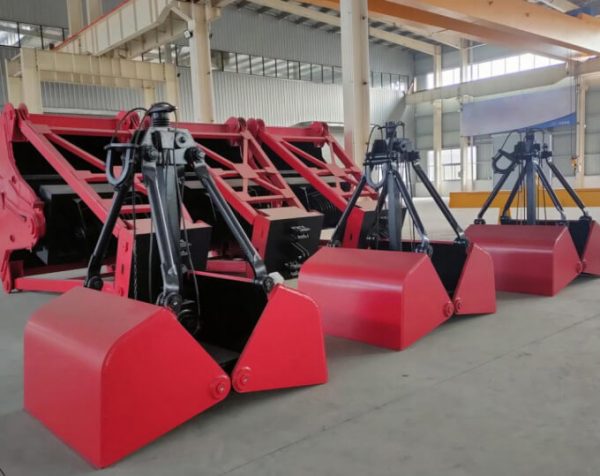
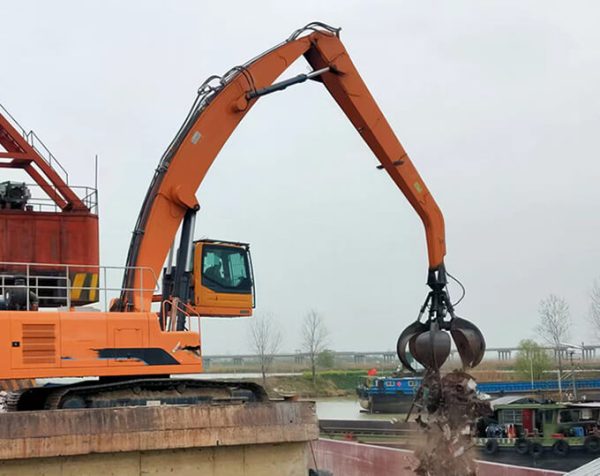
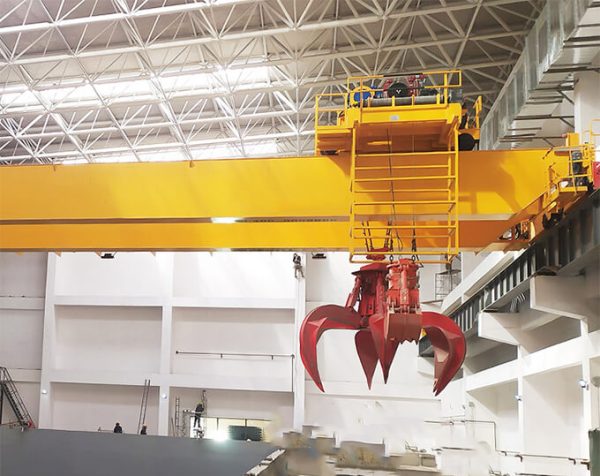
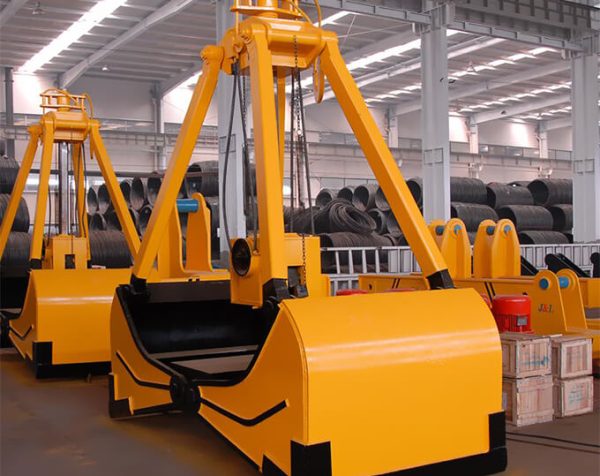
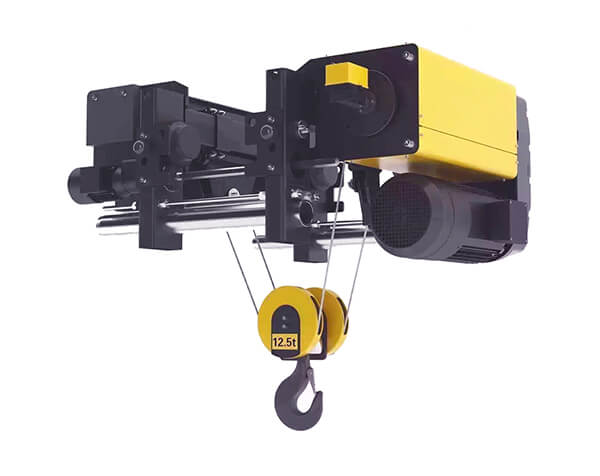
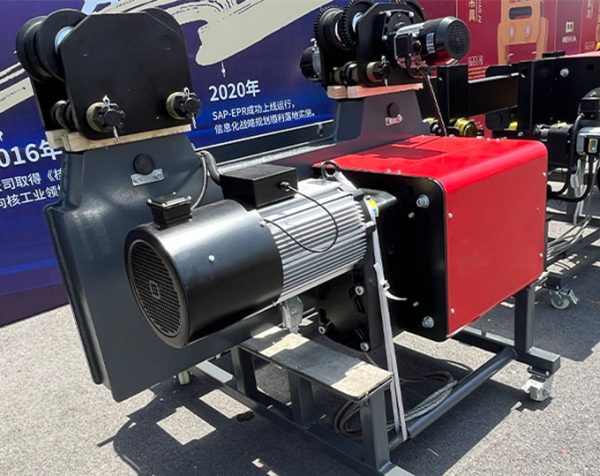
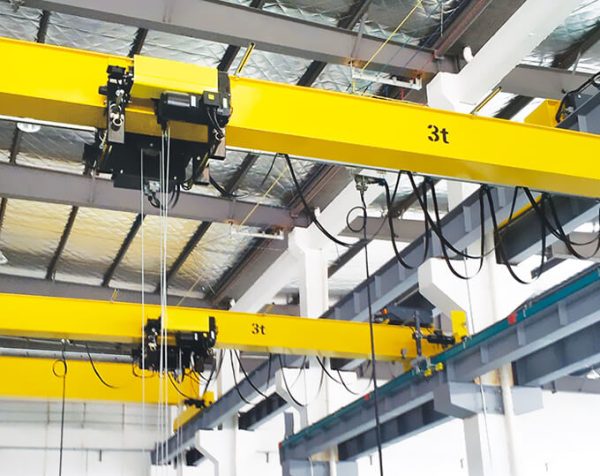
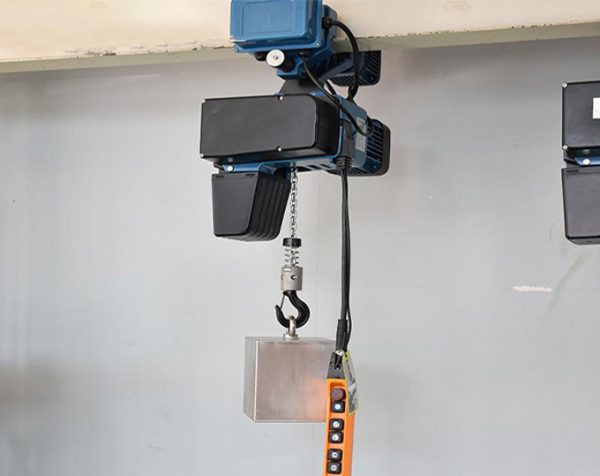
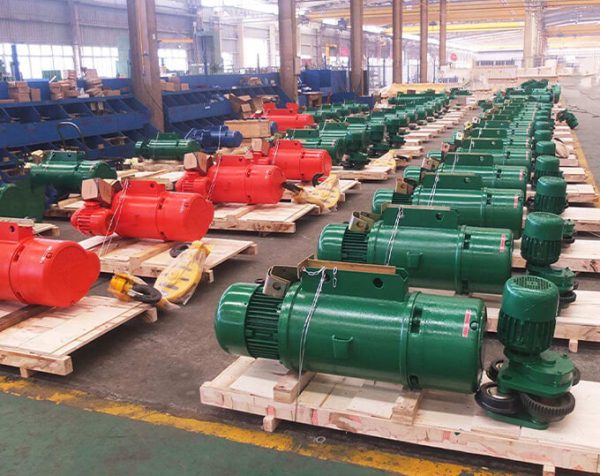
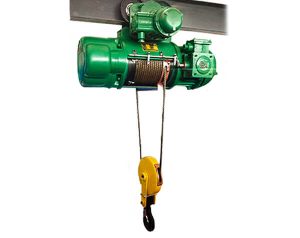


















-600x476.jpg)
















Cranes are classified according to their structure
Generally, lifting equipment can be divided into four main categories: light small lifting equipment, bridge-type lifting machinery, jib-type cranes, and cable cranes.
Bridge/overhead crane
A bridge crane is a type of bridge-type crane that runs on an elevated track, also known as an overhead crane.
The characteristic of a bridge crane is that it can vertically lift or horizontally move heavy objects suspended from hooks or other lifting devices in space.
Gantry cranes are generally classified according to the form of the gantry structure, the form of the main beam, and the form of the lifting appliance. They are commonly used in ports.
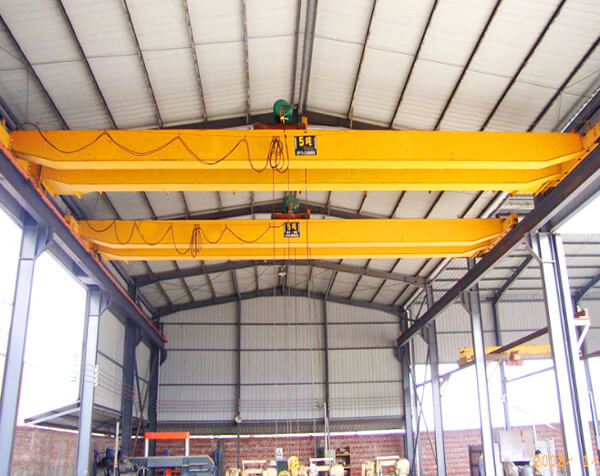
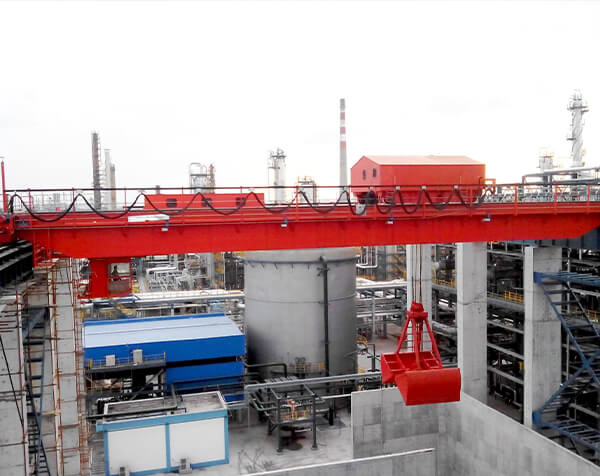
Tower Crane
Typically used on construction sites for lifting materials.
Mobile cranes are generally categorized as truck cranes, tire cranes, and all-terrain tire cranes.
Other types include all-terrain cranes, crawler cranes, and specialized cranes.
Cable Crane
Cable type mainly refers to the lifting crane, commonly known as the lift, which is characterized by the fact that heavy objects or fetching devices can only be lifted and lowered along the guide rail.
It includes: elevators, goods elevators, ship lifts, etc.
Hoist cranes operating in special environments such as dusty, wet, hot or cold environments require customary safety and maintenance practices, as well as safety precautions for use in special environments.
The development history of cranes can be traced back to ancient civilizations. The earliest cranes can be traced back to ancient Egypt, where they used simple rope and pulley systems for construction and transportation work. The ancient Greeks also used similar techniques for construction and sculpting. With the rise of the Roman Empire, they further improved crane technology, employing more complex pulley systems and ropes to tackle larger construction projects.
Cranes play an important role in our engineering operations, but if you want the crane to fully play its role, in addition to the need for an experienced operator to use, but also need to be regularly maintained in order to ensure normal work efficiency. So what problems should we pay attention to in the daily care and maintenance?

